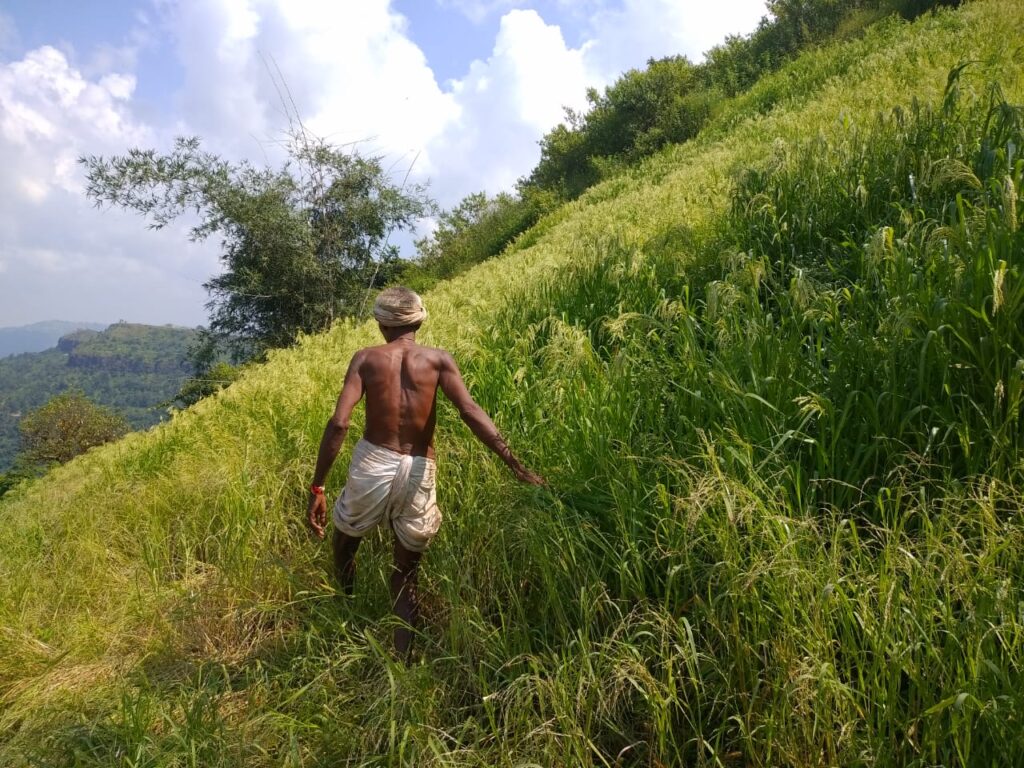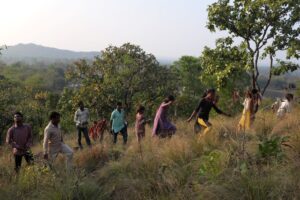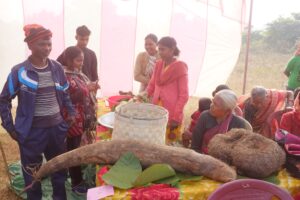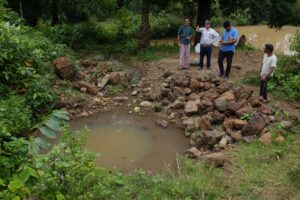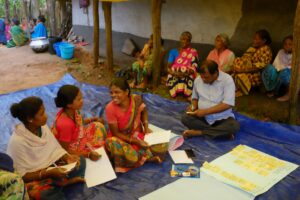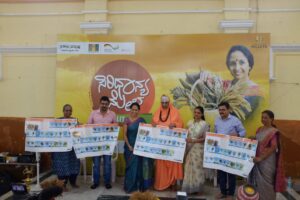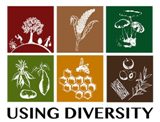Laxman and Gyansha
Patalkot in Chhindwara district of Madhya Pradesh is home to 12 villages inhabited by members of the Bhariya and Gond communities. The Bhariya villagers have long being carrying out a traditional shifting cultivation based mixed cropping agricultural practice known as Dahiya which involves the cultivation of a variety of millets and pulses. However, as a result of restrictions on Dahiya by the forest department and shift to modern sedentary agricultural practices the region has been witnessing a decline in the practice of Dahiya. A variety of local crop varieties are also being lost.
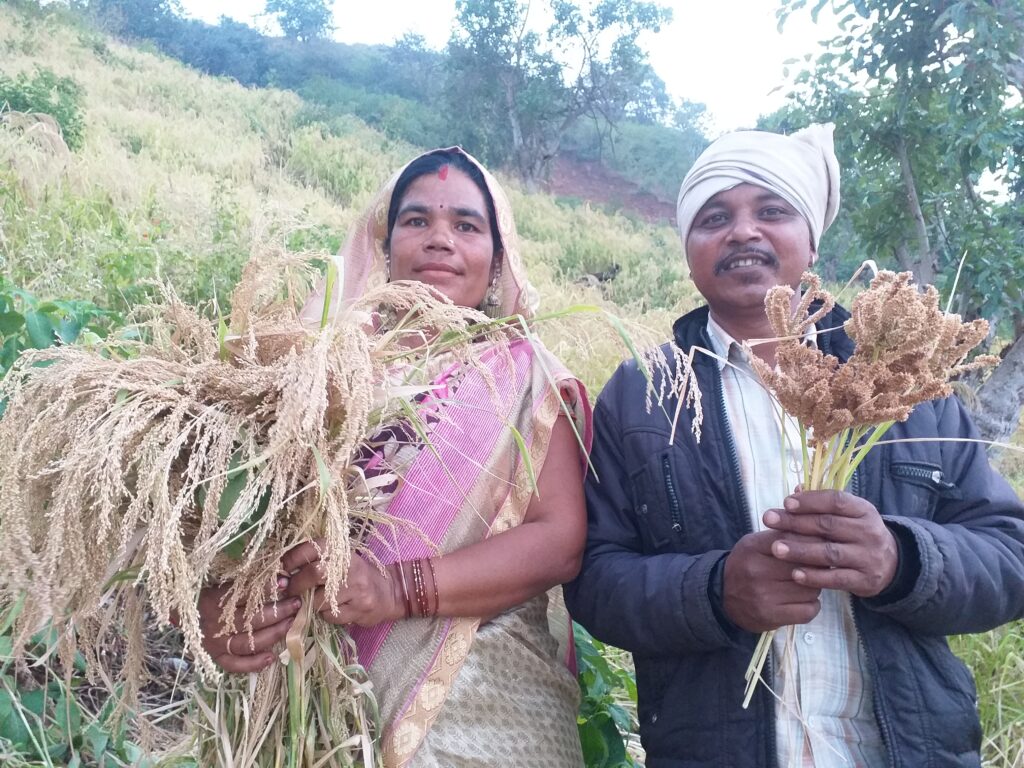
In order to strengthen and promote the revival of Dahiya, through the Using Diversity project 24 farmers across Patalkot were supported in the carrying out of Dahiya through the provision of a variety of local seeds from community seed banks. The seeds provided included a variety of local millets and pulses like Kangni, Kala Kang, Kali Kutki, Bewri, Bajra, Lal Mandia, Sawa, Kodo, Balhar and Tuhar. A number of local crops are disappearing from the region, so in order to promote their revival 45 farmers were provided different local seeds to cultivate in their individual plots. The crops cultivated in individual plots included Kutki, Tohar Balhar and Safed Makka. Lesser quantities of Sawa and Kodo were also provided.
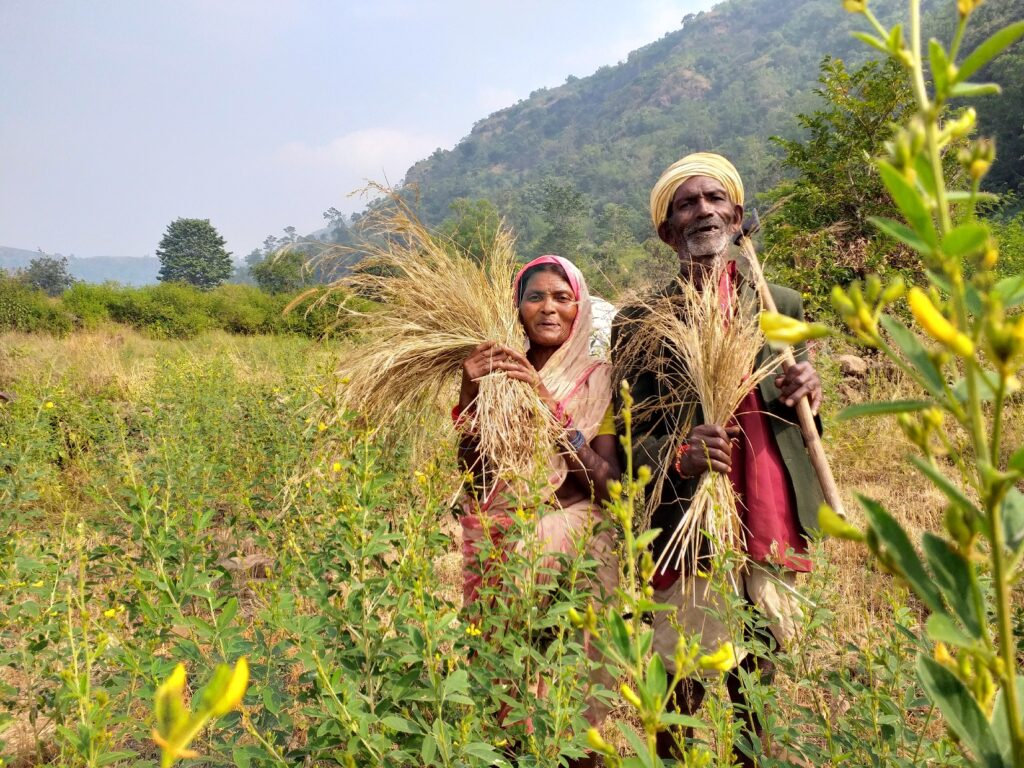
The last year was not without its challenges for the farmers of Patalkot. Around 21 farmers who received support from the project suffered crop losses because the rain did not come on time and another 12 farmers faced crop losses due to excessive rainfall. However, on a positive note 12 farmers reported a good harvest while 20 farmers reported a very good harvest.
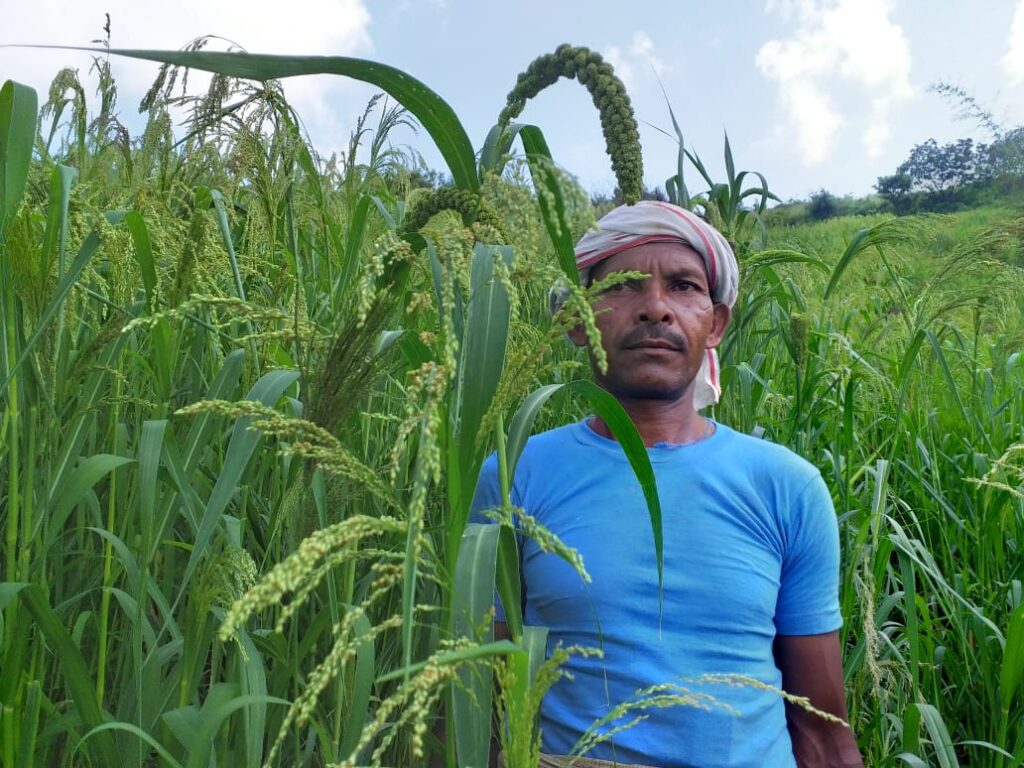
Bhedu, a farmer from Charadhana village, and Suresh from Kareaam village shared that Dahiya requires less labour then other forms of agriculture and they plan to carry out Dahiya in larger areas next year provided the rain comes on time. Birju from Charadhana who had received Mandia, Bewari and Kala Kang for his Dahiya shared the productivity of Dahiya is high compared to other agricultural practices. Birju want to sow even more seeds next year. He pointed out that since he and his brothers have divided their lands among each other they are no longer able to carry out Dahiya. The challenges with carrying out Dahiya include reduction in availability of land and destruction of the region’s forests.

